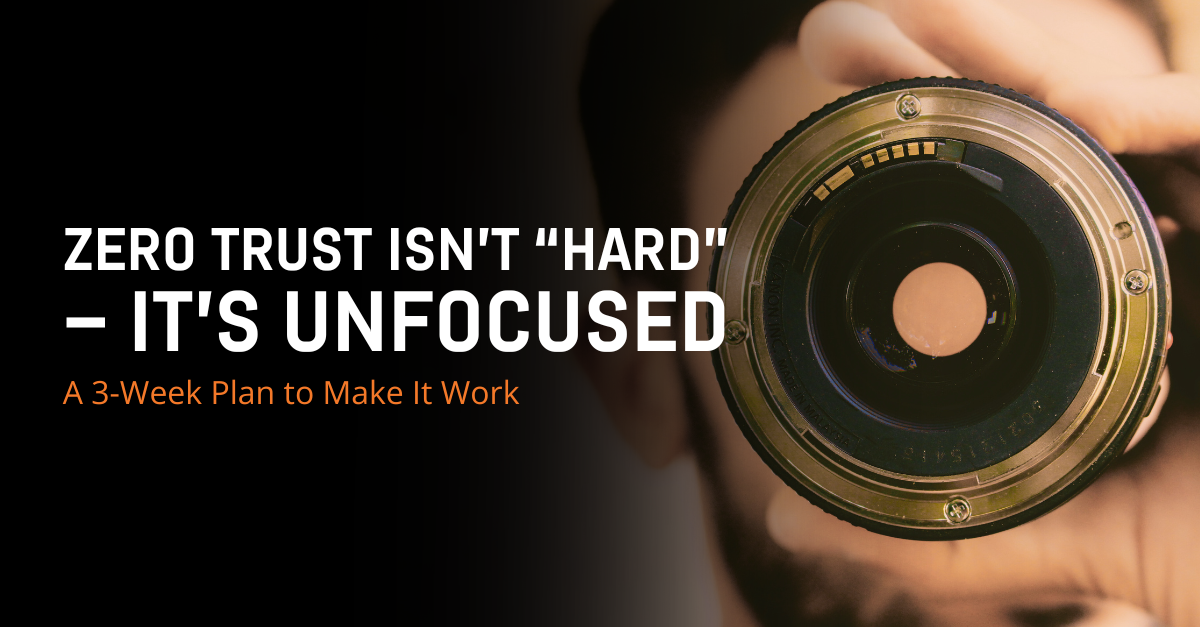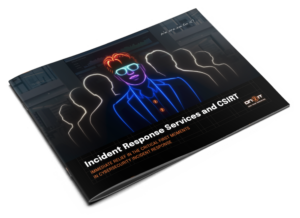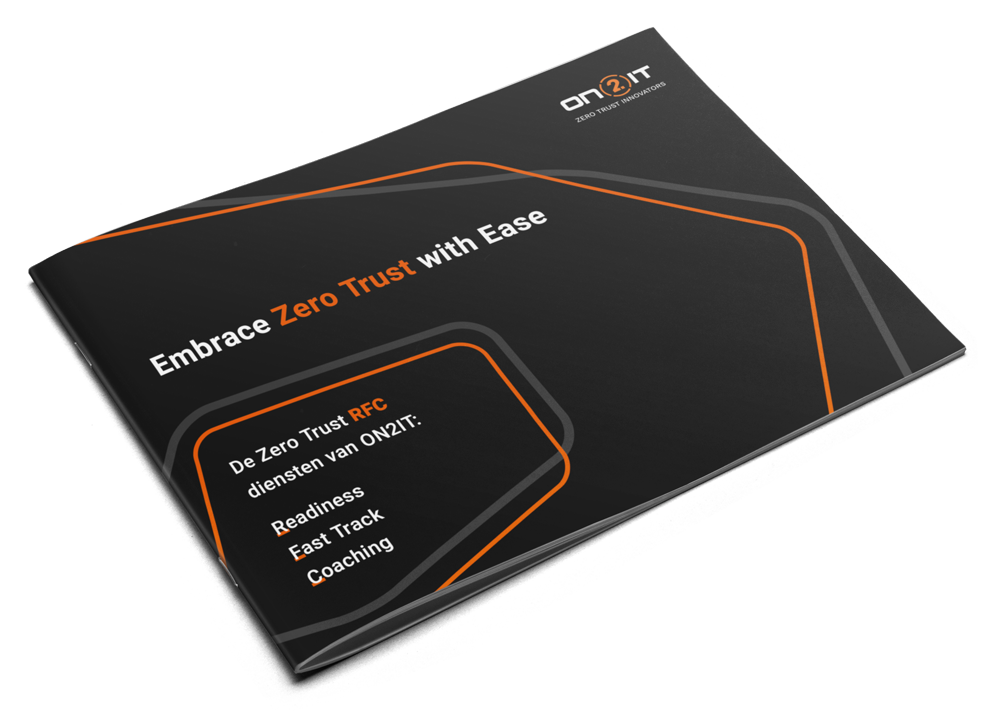The Forgotten Protect Surface: Securing SaaS in a Zero Trust World
Cut through the noise and find out how to turn SaaS from a soft target into a secured stronghold: from shared responsibility to access control, network segmentation, and data in motion.








